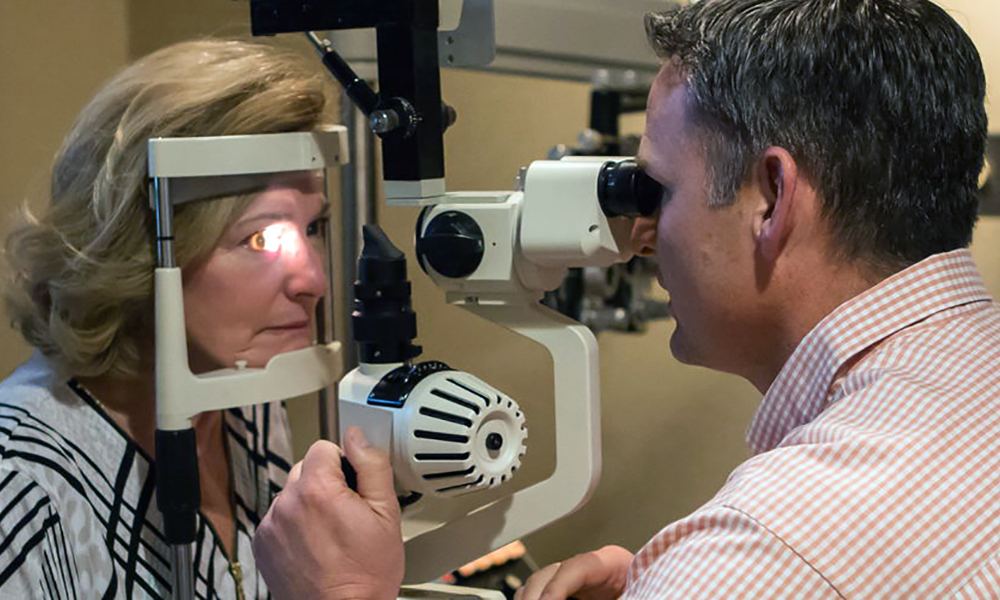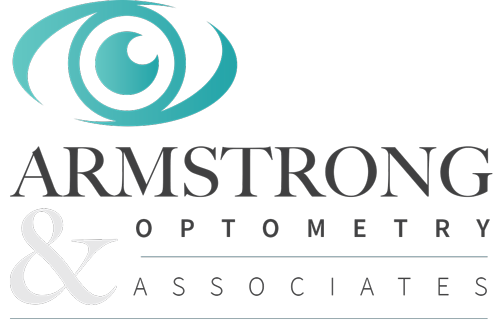Laser Surgery Consultation
Permanent Vision Correction
We are experts in contact lenses and frames, but for many, this isn’t the ideal long-term solution. By undergoing a relatively short and simple procedure, you can do away with a lifetime of carrying glasses or changing lenses every day.
Laser corrective surgery is permanent. It works by reshaping the cornea (the front of the eye) so that it correctly focuses light – after a few weeks of recovery, you will feel like a new person.
LASIK is the world’s first choice when it comes to laser corrective surgery, with tens of thousands of operations performed every year in the United States. Not only that, but the success rate is over 95 percent.

What to Know
Not everyone who suffers from a refractive error is a suitable candidate for laser surgery. This initial consultation involves a comprehensive eye exam that analyzes your overall health and eye structure – combined, these will tell us if laser surgery is a viable course of action. We will measure your cornea, as well as closely inspect its surface for signs of any surface eye condition.
Those with particularly thin corneas are usually unable to undergo LASIK surgery; however, there are alternative procedures that may be suitable. The precise corneal measurements taken will also aid the surgeon in their preparations. With the pre-testing complete, we will provide you with a referral to a local ophthalmologist who will perform the procedure. We have great working relationships with leading surgeons- you can feel confident in the people performing your procedure. LASIK is a pretty simple procedure. It can be slightly uncomfortable, but it is a short-duration surgery and does not usually cause pain. A very precise laser makes a thin flap in your corneal tissue. This is peeled back to expose the part of the cornea which is to be reshaped. A different beam of light is then used to reshape the cornea, making constant adjustments to its position for maximum accuracy. The reshaping process takes only a handful of seconds per eye. The corneal flap is then resealed, covered and begins its healing process.
It can take two to three months for the recovery to be completed, though you will see substantial progress long before then. The epithelial layer (which is cut at the start of the operation) grows back within a matter of days. We will invite you back for regular check-up appointments after the surgery to ensure that your recovery is going smoothly, and of course to answer any queries or deal with abnormalities as they arrive. In the vast majority of cases, recovery is quite uneventful, which is exactly what we hope for.
The success rate for LASIK is over 95 percent. Though it is a very low-risk surgery, there are complications that may arise, including temporary discomfort or mild pain around the eye, blurry vision, seeing double, complications associated with the epithelium (corneal flap, symptoms similar to dry eye and infection. It is rare, but as the eye heals it may under or over-correct. If using Latisse, you may have to suspend use to undergo surgery.

